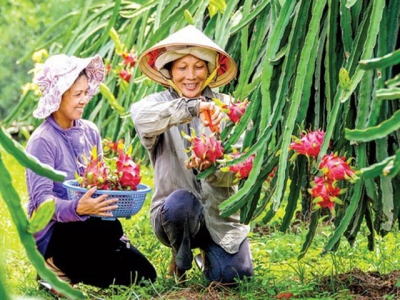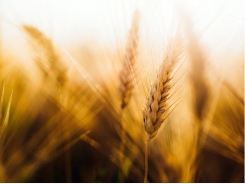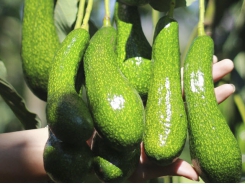Fruit and vegtable export figures slip

HÀ NỘI — Việt Nam saw a 4.3-per-cent decline in vegetable and fruit export value during the first nine months of this year.
Lychee famers in the Bắc Giang Province discuss the work they do.
According to the Việt Nam Fruit and Vegetable Association, US$2.84 billion was the total value, a 4.3 per cent drop compared to the same period last year.
The association predicts the total vegetable and fruit export value this year will reach $3.5 billion, the same as in 2018 and below their $4.2 billion target.
Đặng Phúc Nguyên, the association’s General Secretary, told the Đầu tư tài chính (Financial Investment) newspaper the reduction in the past months was due to strict requirements installed by China.
As a result, the vegetable and fruit export turnover in May decreased by 23.1 per cent against the previous month.
Now, China imports nine kinds of fruit from Việt Nam, including dragon fruit, banana, watermelon, lychee, longan, mango, jackfruit, rambutan and mangosteen.
China has also enforced strict regulations on traceability that require products to have a planting area code and packaging facility code. That saw Việt Nam’s exports to China in July drop 44 per cent year on year.
The industry in recent years has experienced a strong growth, but most of the exports were raw vegetables and fruits.
Lack of capital, technology and raw material areas are the reasons that have made the post-harvest processing field not develop, Nguyên said. In addition, the investment in this industry must be long-term while payback of the investment is slow, so many businesses are not interested in investing.
Việt Nam has 71 processing facilities in the South, but most of them are short of raw materials and operate 50 per cent of designed capacity. Meanwhile, the country has an output of 27 million tonnes of vegetables and fruits per year, but the factories only use 1 million tonnes per year meeting standards for processing.
Ưng Thế Lãm, an experienced fruit exporter, said the demand for processed fruits and vegetables is increasing and consumers demand quality products.
Therefore, Việt Nam’s farmers should develop organically according to international standards such as Global Gap to meet demand on fresh fruit as well as processed fruit products on the world market, he said.
image: http://image.vietnamnews.vn//uploadvnnews//Article/Thu_Van/2019/10/8/imgsrc-10-1.jpeg
Việt Nam saw a 4.3-per-cent decline in vegetable and fruit export value during the first nine months of this year to US$2.84 billion.
When they meet international standards, the farmers could get planting area codes, according to the association.
The Vietnamese authorities will continue to negotiate with China to expand the list of fruits allowed to export under commercial contracts into this market, Nguyên said.
In 2017, Việt Nam's vegetable industry recorded a total export turnover at more than $3 billion, up 42.5 per cent year on year, being one of the top four agricultural, forestry and fishery products gaining the highest export value.
The Chinese market still accounted for more than 70 per cent of Việt Nam's total vegetable and fruit export value with $2.65 billion, up 52.4 per cent. This was also the year, Vietnamese fruit products entered many fastidious markets such as Japan, US and Australia. So, the export value was expected to have impressive growth, reaching $10 billion in 2025.
The growth was also expected to continue in 2018. However, last year’s export value of vegetables and fruits increased by only 10.8 per cent year on year to $3.5 billion.
Despite this, exports were still much higher than many commodities such as tea, pepper and rice. In 2018, China remained Việt Nam's largest fruit and vegetable export market, with more than 70 per cent of the total revenue.
Related news
Tools

Phối trộn thức ăn chăn nuôi

Pha dung dịch thủy canh

Định mức cho tôm ăn

Phối trộn phân bón NPK

Xác định tỷ lệ tôm sống

Chuyển đổi đơn vị phân bón

Xác định công suất sục khí

Chuyển đổi đơn vị tôm

Tính diện tích nhà kính

Tính thể tích ao



 Mekong Delta takes steps to improve farming co-operatives
Mekong Delta takes steps to improve farming co-operatives  Rice export volume up but value falls
Rice export volume up but value falls